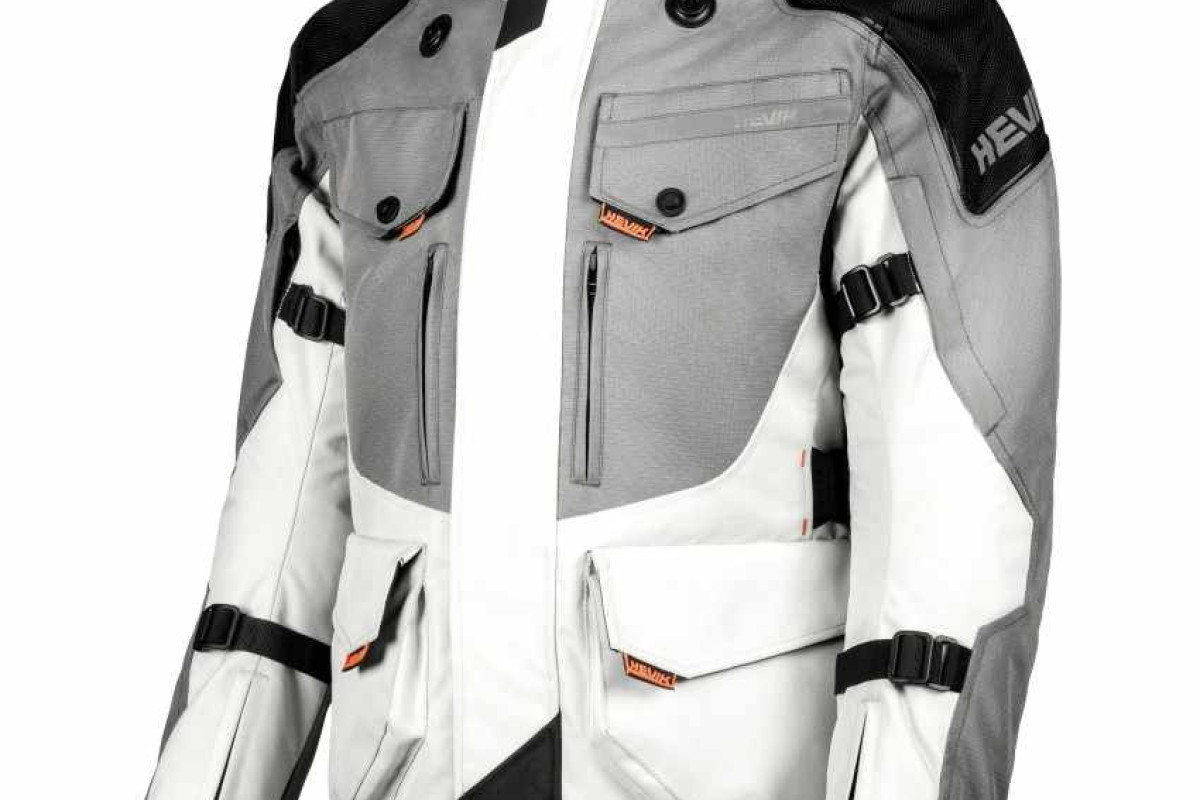
Sport riding, characterized by its high speeds and aggressive maneuvering, demands a specialized set of gear that prioritizes both style and safety. When it comes to choosing the right motorcycle jacket for sport riding, there are several key factors to consider. In this article, we will explore the specific features and considerations that make a motorcycle jacket ideal for sport riding, helping you make an informed decision.
Safety Features
Safety should be the foremost concern when selecting a motorcycle jacket for sport riding. Look for the following safety features that enhance protection:
a. Armor: Sport riding jackets should have built-in armor in high-impact areas such as the elbows, shoulders, and back. Look for jackets with CE-approved protectors that provide superior impact resistance.
b. Abrasion resistance: Sport riding jackets should be constructed from highly abrasion-resistant materials, such as full-grain cowhide leather or high-denier textile fabrics like Cordura or Kevlar. These materials can withstand the high-speed slides and impacts that are common in sport riding.
c. Ventilation: As sport riding tends to be more physically demanding, proper ventilation is crucial to prevent excessive sweating and discomfort. Look for jackets with strategically placed vents that allow for optimal airflow and temperature regulation.
d. Reinforced stitching: Sport riding jackets should have reinforced stitching in critical areas to ensure the jacket remains intact during high-speed crashes. Double or triple stitching provides added strength and durability.
e. Race hump: A race hump, typically found on the upper back of sport riding jackets, serves multiple purposes. It improves aerodynamics, reduces wind drag, and provides additional protection to the spine in the event of a crash.
Material
The choice of material plays a significant role in the overall performance and safety of a sport riding jacket. Consider the following options:
a. Leather: Leather jackets have long been the go-to choice for sport riders due to their exceptional abrasion resistance and durability. Full-grain cowhide leather is the most popular option, known for its toughness and ability to withstand high-speed slides. Look for jackets with reinforced panels and double or triple stitching for added protection and longevity.
b. Textile: Textile jackets have made significant advancements in recent years and are gaining popularity among sport riders. These jackets are typically made from high-denier nylon or polyester fabrics. Look for jackets that integrate materials like Cordura or Kevlar for enhanced abrasion resistance. Textile jackets often offer better breathability and flexibility than leather jackets.
Fit and Mobility
Proper fit and mobility are crucial for sport riding, as they directly impact comfort and control. Consider the following factors when it comes to fit and mobility:
a. Pre-curved sleeves: Sport riding jackets should have pre-curved sleeves to allow for a natural riding position. This feature ensures optimal mobility and reduces fatigue during long rides.
b. Adjustable straps: Look for jackets with adjustable straps at the waist, cuffs, and collar. These straps allow you to customize the fit of the jacket to your body shape, ensuring a snug, yet comfortable, fit.
c. Stretch panels: Stretch panels on the sleeves, shoulders, and torso provide flexibility and freedom of movement. These panels allow for unrestricted arm movement, making it easier to control the motorcycle.
d. Length and waist connection: The length of the jacket should be sufficient to cover your lower back, even when in a sport riding position. Additionally, some jackets feature waist connection zippers or loops that allow you to attach the jacket to compatible pants, providing a more secure and integrated fit.
Ventilation
Sport riding can be physically demanding and generate a significant amount of body heat. Adequate ventilation is essential to keep you cool and comfortable. Look for jackets with the following ventilation features:
a. Zippered vents: Jackets should have strategically placed zippered vents in areas such as the chest, back, and arms. These vents allow for increased airflow, effectively cooling the body during intense rides.
b. Mesh panels: Some jackets incorporate mesh panels in areas prone to perspiration, such as the armpits and back. These panels allow for maximum breathability and airflow.
c. Removable liners: Sport riding jackets often come with removable thermal or waterproof liners. These liners can be added or removed depending on weather conditions, allowing you to maintain optimum temperature control during rides.
